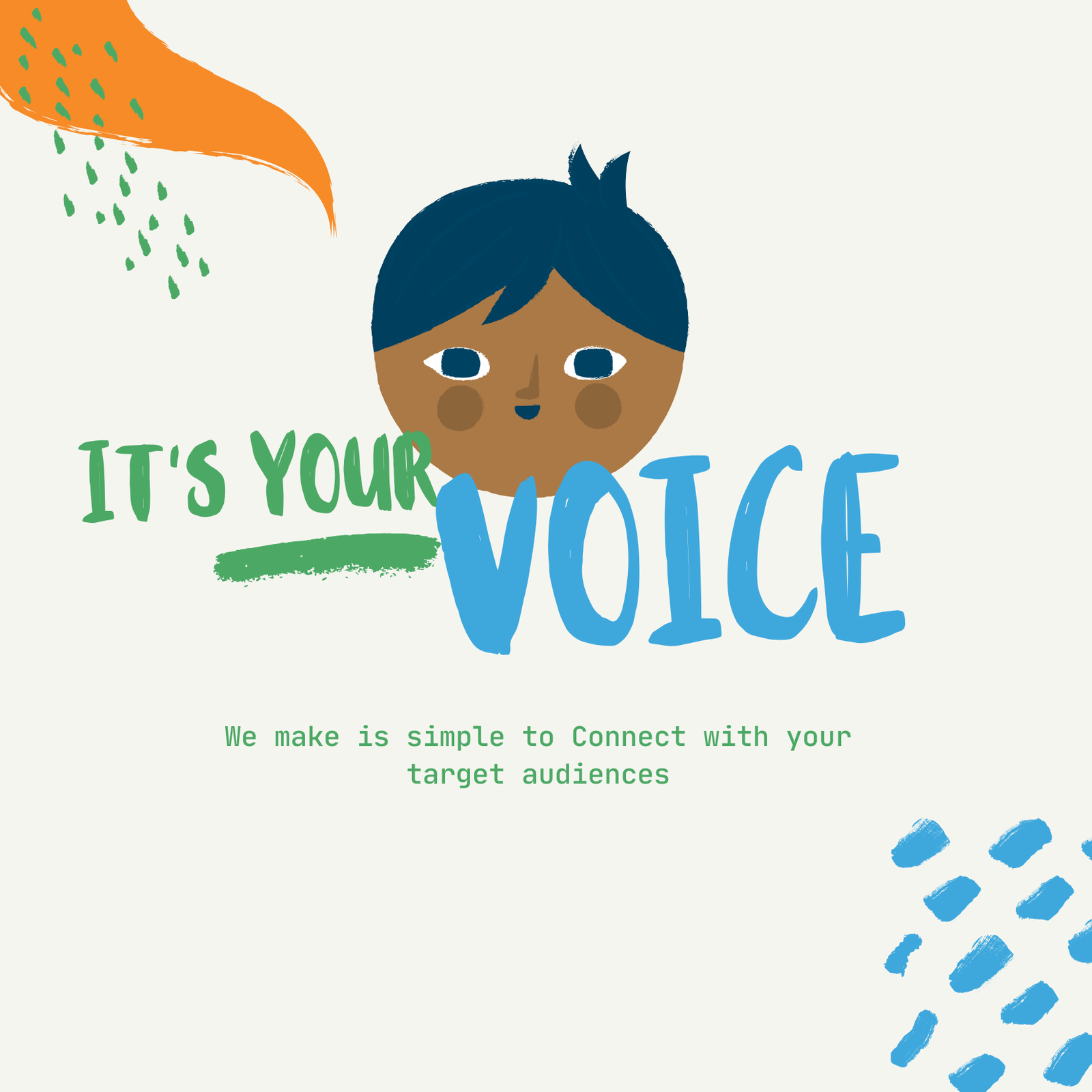Why Selecting the Right Respondents is Significant
By NUUPER
NUUPER

07 Sep 2020 | 0
Good research is when the right queries are posed to the right individual. Of course, other factors do count in. But, at the core of any good research are two things – the right question and the right audience. In most surveys, a lot of importance is given to the questionnaire as it is far simpler to focus on the questions rather than respondent selection. However, the choice of right respondents has a noteworthy influence on the quality of research.
Finding the right respondents can be tricky. Although, Valuable Responses depends on multiple factors but mainly it depends on asking the to-the-point questions that can be answered within a reasonable amount of time to the most relevant persons. Each respondent does you a favour every time he completes a survey, only to increase important bits of knowledge and information to your research. If the questions aren’t intriguing, relevant and captivating you may not achieve any insightful data. Actionable questionnaires get more insightful data v/s a poorly designed survey.
A good survey keeps the target audience at the centre of their perspective. Gauging that you are surveying the right individual is cumbersome than just asking the correct questions. Examining suitable respondents is crucial. You may pose all the right questions; however, it won't go anyplace if you're asking the wrong people.
So, what next then?
To determine ideal respondents, you have to focus on your research objectives. Your target audience should have direct involvement with the subject matter about which you’re posing the questions.
Align with your research Goals
Suppose you need to improve the quality of your waffle shop. You will have to target your current and previous clients. If you haven’t started yet, then you will have to start surveying in order to arrive at your potential customers. Research requirements always have a definitive set of people, who are more qualified than others, to answer all questions.
How to Screen your Respondents?
Firstly, know what your ideal respondent resembles. Know how they using your product or do they belong from a particular demographic? It is necessary to develop a close-to-real persona of the respondent and then accordingly target the right people. Factors like location, gender or their usage of your service or a combination of all can be taken into consideration in relevance to your research goals. One of the primary factors to reach the right people is determining the medium through which the respondents would like to participate in the survey. And, of course, the sampling techniques must also match your research needs.
Design the survey to be respondent friendly, how do we do that?
• Length and time required to complete the Survey
The survey should not be too stretched out as it may cause “survey fatigue”. It puts off the respondents and also, they may stop answering your questions genuinely. It should also be considered that surveys don’t take too much time to answer, as it is possible that respondents might lose interest in the survey.
• Type of questions and Repetitions
Over-surveying same questions repetitively bug the respondents and make them rush rapidly towards completing the survey. Avoid ‘nice to have’ questions, be focused on your research needs. Too many open-ended questions can tire the respondents, so use them like you use salt in your food.
• Survey filling methods
Online surveys have a higher response rate than conventional methods and they also prevent incomplete surveys being submitted. In offline surveys, people may skip a question, creating an imbalance while data analysis and interpretation.
• Small rewards and promising action on their feedback
People like rewards or incentives. Depending on the type of your research incentivize the respondents. Also, respondents complete the surveys properly only when they know that you are going to act on their given feedback.
• Confidentiality
Respondents should feel comfortable while completing the survey. Assuring that you will be keeping their inputs confidential and use them only for research purposes helps them to answer with honesty.
If one follows these basic guidelines it will help gather meaningful information and valuable insights for any research subject.
How to find the “Right Respondents”?
1. Targeting the most qualified respondent profiles first: Choosing the right target audience helps to get a higher response rate and thus more fruitful information. Identify your objectives and follow a few basics like:
• Investigate more about respondent’s preferences, pain areas and their exposure to the subject on hand.
• Make them aware of how their feedback can contribute to a betterment of your process or a larger cause.
• Show them that you have listening to them, and tell them how you will take action on their responses.
2. Most Representative Sample Population: In order to get the most representative data, you have to strike a balance between all types of target audience whom you are sending the survey. You must take into consideration all needed factors like demographics, locations, gender etc. so that you reflect the truest possible representation of the required data. For doing this, you may divide your audience into segments and make sure that you survey the decided segments by the predetermined percentages
3. Pre-screening the audience: If your research allows you to spend funds on the live audience, you may pre-screen the respondents by using online surveys. They have to answer relevant profiling questions and you can choose the ones which in alignment with your research requirements. Such respondents are willing to take part in online surveys. When you choose the required respondent profiles you can buy their responses. You can get to know all their demographics and sometimes even the devices they are using.
4. Using Social Media's advertising as a tool: Various social media platforms allows brands promote custom ads according to various demographics including age, gender, location, interests and much more. To draw in a greater number of respondents, one can even offer small incentives for filling in the study. Online respondents help to bridge the gap between expected respondent persona and the actual respondents.
Getting individuals to participate in a study is immensely advantageous. And incentivising them for participation will boost the quality of the output of a particular study. Just making sure that respondents are told the reason behind the research and what you will do with the outcomes, will make individuals more involved in taking up surveys. Respecting the privacy of respondents at appropriate times and through their preferred channels is of utmost importance.






